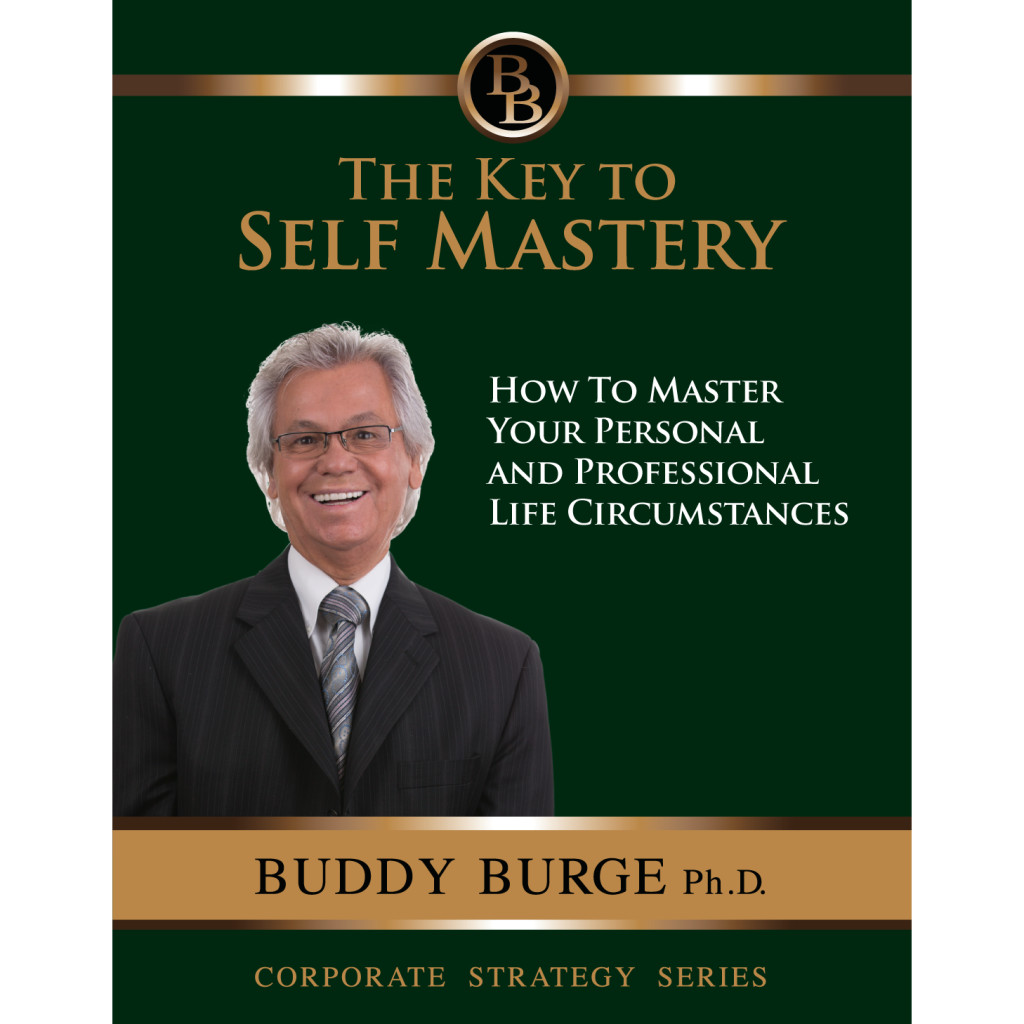
A History Lesson about Human Emotion, our relationships and the Brain Part Three
![CropperCapture[707]](http://buddyburge.com/wp-content/uploads/2014/05/CropperCapture707-300x125.png)
In part one of this four-part series of articles on how science tends to view human interaction, we gave a brief historical overview of how our brain and the emotions it generates developed so that we can know what to do about the rather strange and not always productive feelings that we experience from time to time.
In part two we described the development of our three brains and how the reptilian is the oldest, strongest most experienced and better, defending us at all cost, than the other two brains at what they do.
We also detailed how our three separate, truly amazing brains, from three very different stages of evolution, try work together.
To briefly review articles one and two, we have a physical brain (the reptilian brain), an emotional brain (the limbic system) and a thinking brain (the prefrontal cortex).
Although all three brains are chemically and anatomically distinct (neurosurgeons can separate them like sections of an orange) and have different purposes, they are densely wired together to get you through your day.
In this article we will elaborate on the “small rider on a large animal” analogy that I mentioned in the last article,.
I have found this analogy to be very helpful to understand what this – three brains in one – means to us in modern (business) life and what we can do about the rather difficult situations that sometimes arise because of the intrinsic conflict in our three brains.
Our Brain: The Small Rider on a Large Animal Analogy
To understand the relationship of the three brains, the physical, the emotional and thinking brain to each other, think of the physical reaction we have to anxiety.
That’s the limbic brain kicking your reptilian adrenaline into action.
This feeling is like a rider on a large, powerful horse; we think we are in control but when that large animal gets spooked and lurches, we are thrown ever so easily from that large beast to the ground.
Some authors use the analogy of other beasts, for instance Jonathon Haidt uses the analogy of a rider on an elephant.
As indicated earlier, my preferred analogy is that we are mounted upon and trying to ride a powerful stallion, our reptilian brain, which like any wild, unbroken and untamed beast has lurking within it a violent and very mean streak.
And it certainly does not like to be told what to do, where to go or what to say.
Your Neocortex, Thinking Brain Has its’ Limitations
![CropperCapture[720]](http://buddyburge.com/wp-content/uploads/2014/05/CropperCapture720-300x300.png)
So we have two systems in our brain, the control system, the Neocortex to think through higher level problems and the automatic system, limbic and reptilian brains.
The Neocortex is meant to govern and control these other two parts of the brain.
This control however is at times rather limited.
Whereas, our automatic processes function in convergence with, parallel to and simultaneously with many tasks at once, the control system in the Neocortex, can think consciously about only one thing at a time.
In other words, the brain, at least the higher executive functions in the Neocortex does not multi-task, it iterates.
That is, it goes from one task to another only after having completed or stopped doing the initial task.
So What is the Relationship Between Controlled and Automatic Processing in our Brain?
![CropperCapture[723]](http://buddyburge.com/wp-content/uploads/2014/05/CropperCapture723-300x194.png)
Is controlled processing, the Neocortex, the wise boss, king, or CEO handling the most important questions and setting policy with foresight for the dumber automatic processes to carry out?
To answer that question, it will help to go back in time and look at why we have these two processes, why we have a small rider and the large, rather willful, unruly, easily spooked beast within.
When the first clumps of neurons were forming the first brains more than 600 million years ago, they began to integrate information from various parts of the animal’s body to respond quickly and automatically to threats and opportunities in the environment.
By the time we reach 3 million years ago, the Earth was full of animals with extraordinarily sophisticated automatic abilities, among them birds that could navigate by star positions, ants that could cooperate to fight wars and run fungus farms, and several species of hominids that had begun to make tools.
Many of these creatures possessed systems of communication, but none of them had developed language.
Controlled Processing Requires Language
![CropperCapture[724]](http://buddyburge.com/wp-content/uploads/2014/05/CropperCapture724-300x205.png)
You can have bits and pieces of thought through images, but to plan something complex, to weigh the pros and cons of different paths, or to analyze the causes of past successes and failures, you need words.
Nobody knows how long ago human beings developed language.
But most estimates range from around 2 million years ago, when hominid brains became much bigger, to as recently as 40,000 years ago, the time of cave paintings and other artifacts that reveal unmistakably modern human minds.
Whichever end of that range you favor, the newly developed software we call language, reasoning, and conscious planning work rather well.
But there are still nonetheless a lot of bugs in these programs we call reasoning and planning that need improvement.
Our automatic physical brain processes have been through thousands of product cycles and iterations.
Our Automatic Physical Brain Processes are Nearly Perfect
This head start, this difference in time (millions of years) and maturity our automatic neurological processes have over the newness of our controlled neurological processes means that when they are in conflict with each other that the former will always defeat the latter.
The controlled (Neocortex) system enables people to think about long-term goals, imagine alternatives that are not visually present.
This enables us to weigh long-term health risks against present pleasures, and helps us learn in conversation about which choices will bring success and prestige.
To review, we have described the development of our three brains and how the most powerful brain, the reptilian, is a pretty large and unruly manager of our emotions; it tends to make us too passive or too aggressive.
This of of course is not always a good thing.
We also detailed in this article the two competing systems in our brain, the controlled and the automatic.
In the next and last article in this four-part series on our brain, our emotions and our relationships, we will discuss what we can do to leverage our controlled brain to be the best person and leader we can be.
For more on this topic, we recommend the following | |
 | The Key to Self MasteryHow to Master Your Personal and Click Here For Video and Full Description If you found this article useful |

